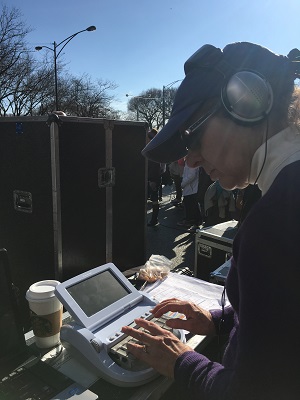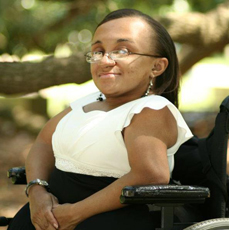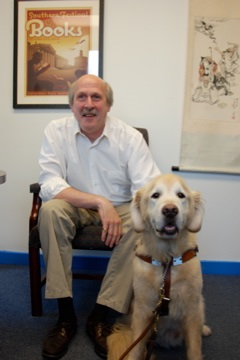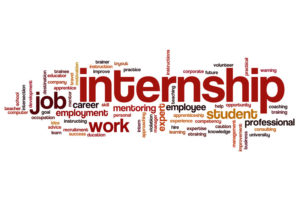When One Mom is Called Supermom, She Responds With This
by Beth Finke
I am delighted to introduce Patty O’Machel as a guest blogger today. Patty is a writer, special needs advocate and mom. Her blog Parenting Outside The Lines collects and shares the stories of parents all over the world who are raising children with special needs, and her guest post lets you in on what that’s like here in America.
by Patty O’Machel
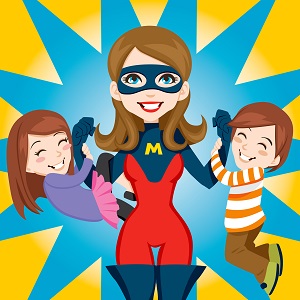
Image courtesy of Dreamstime.com
Another day, another person putting me on the pedestal. Any reasonable semi-narcissistic person would find this kind of admiration comforting, and most likely well-deserved. I’m a special needs mom, though, and those compliments can feel hollow.
I feel guilty when I can’t live up to that image people seem to have of me. My real self, the one who breaks down, who yells at her kids, who gets crabby and tired, is the true representation of me as a mom. But it is an image I can’t show.
I try very hard as a mom to all of my kids. The two considered “typical” kids and also the one who uses a wheelchair and needs my love and time and strength a little bit more. But I am certainly not the flawless, perfect image that people seem to see. I feel haggard at morning drop off and exhausted at 8am. By the time I get the kids to school, I have lifted her body several times in and out of her chair, gotten her dressed, brushed her hair and teeth, put on her orthotics, and hauled the chair and child out into the car. In the drop-off line I look over my coffee mug at the moms dressed for yoga and looking rested and resent them a little under the surface.
I shuttle my kids to multiple sports like other moms do, but I also work several therapies a week into the schedule. That requires moving a wheelchair and heavy child in and out of the car and back again, and it gets exhausting some days. I don’t do all this while adjusting my superhero mom cape. I do it with a grunt and a groan, with some undignified jealousy on occasion, and with all the strength I come with on that particular day.
It is my job as mom in this family, and one I truly do love most of the time. But some days my daughter’s needs are endless and they always have my name at the end of them. Some days I truly just want to rest and refill my reserves of energy and patience. When people look at me and comment how amazing I am and how strong I am, it often makes me feel unworthy. I am not exceptionally strong, I am just a mom who was given a special needs child to love and to raise, and I am doing what is necessary. Some days with grace, and some days without.
A special needs mom is not strong because she is some extraordinary kind of person, she is just a mom. A mom who was given a job that is harder than average and requires some deep pools of strength some days, but at her base level just a mom. No cape and no superhero powers.
Have a special story of your own to share? Post it at the Parenting Outside the Lines blog or email Patty directly at patty.omachel@gmail.com.







